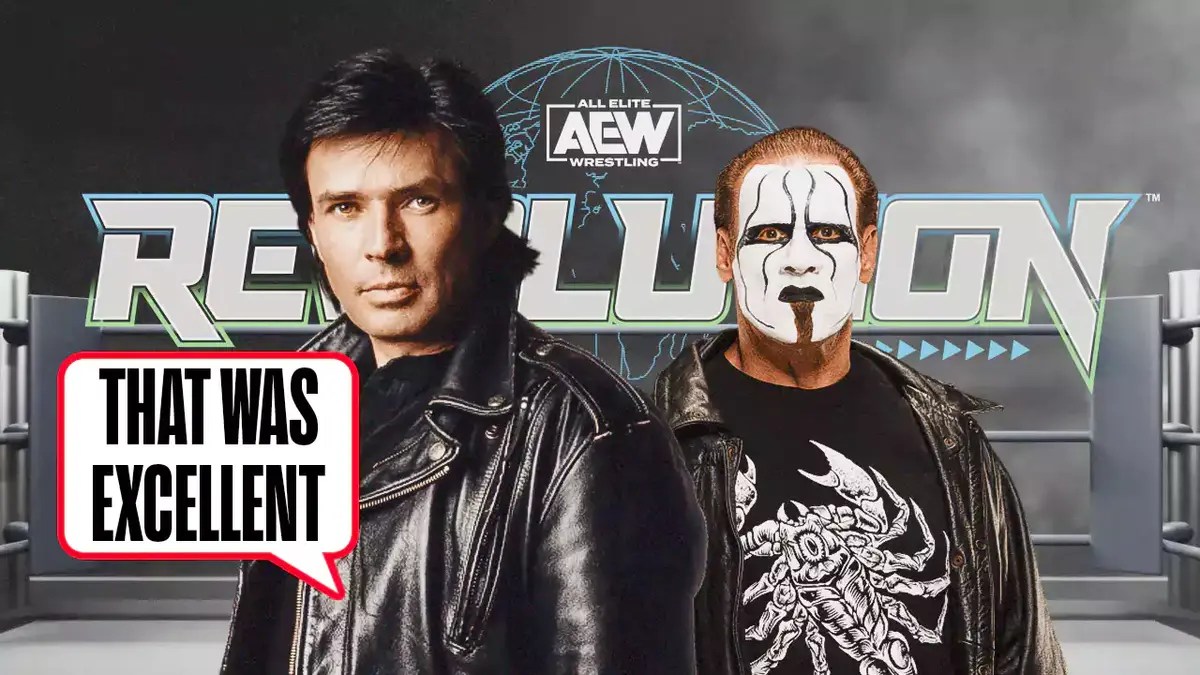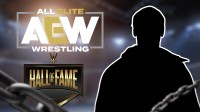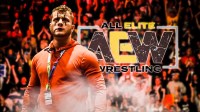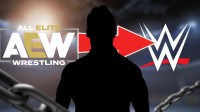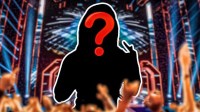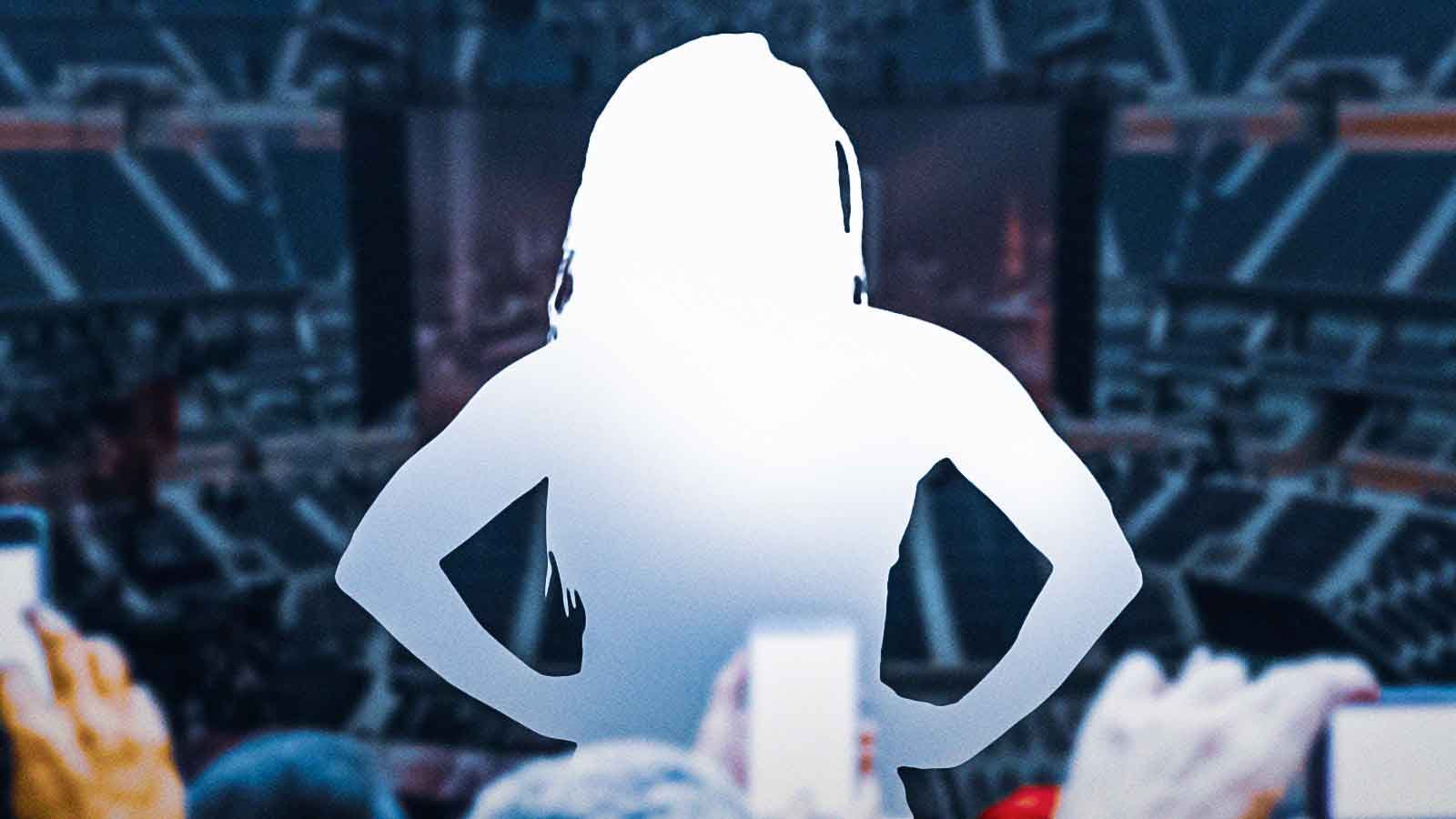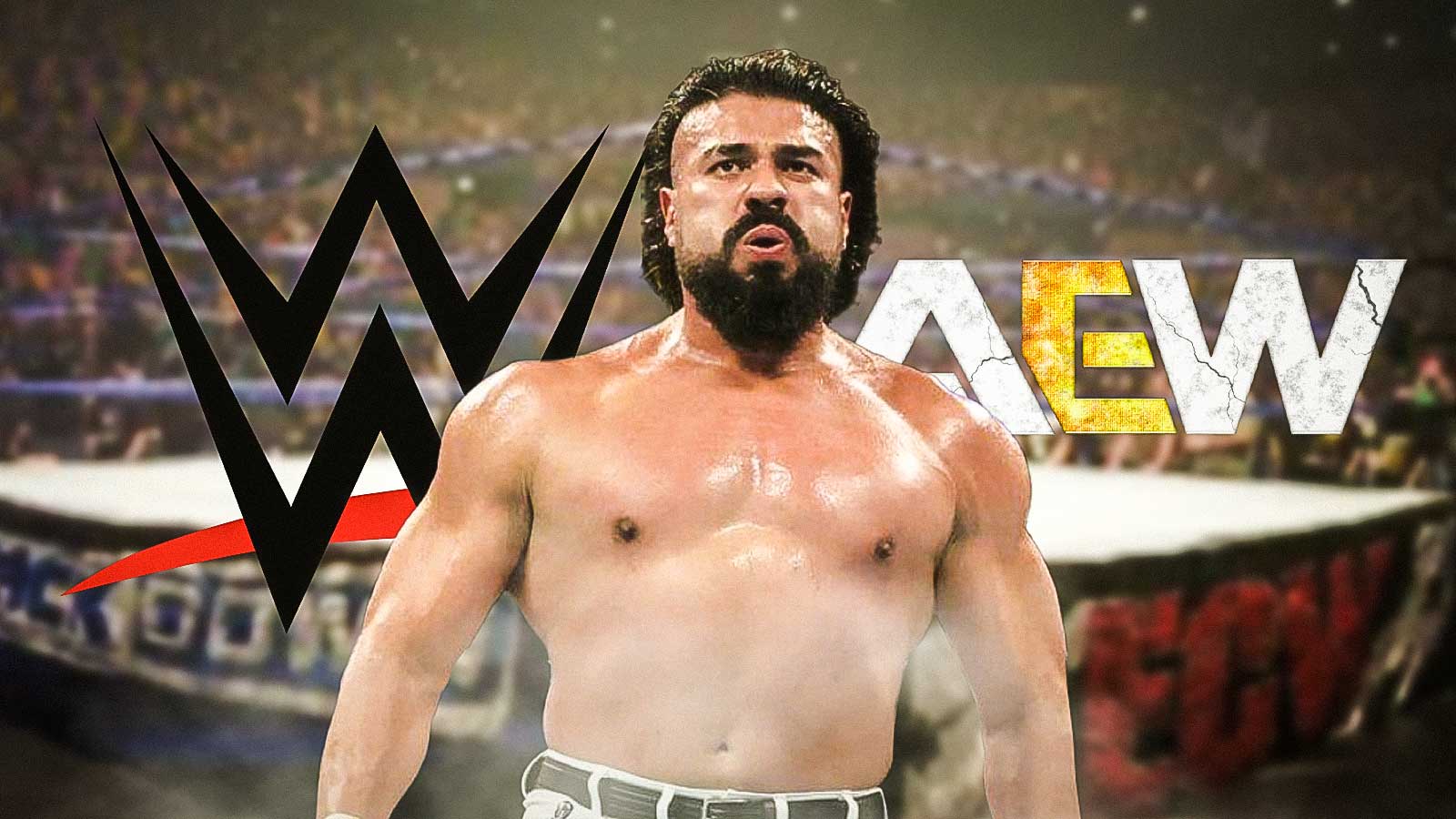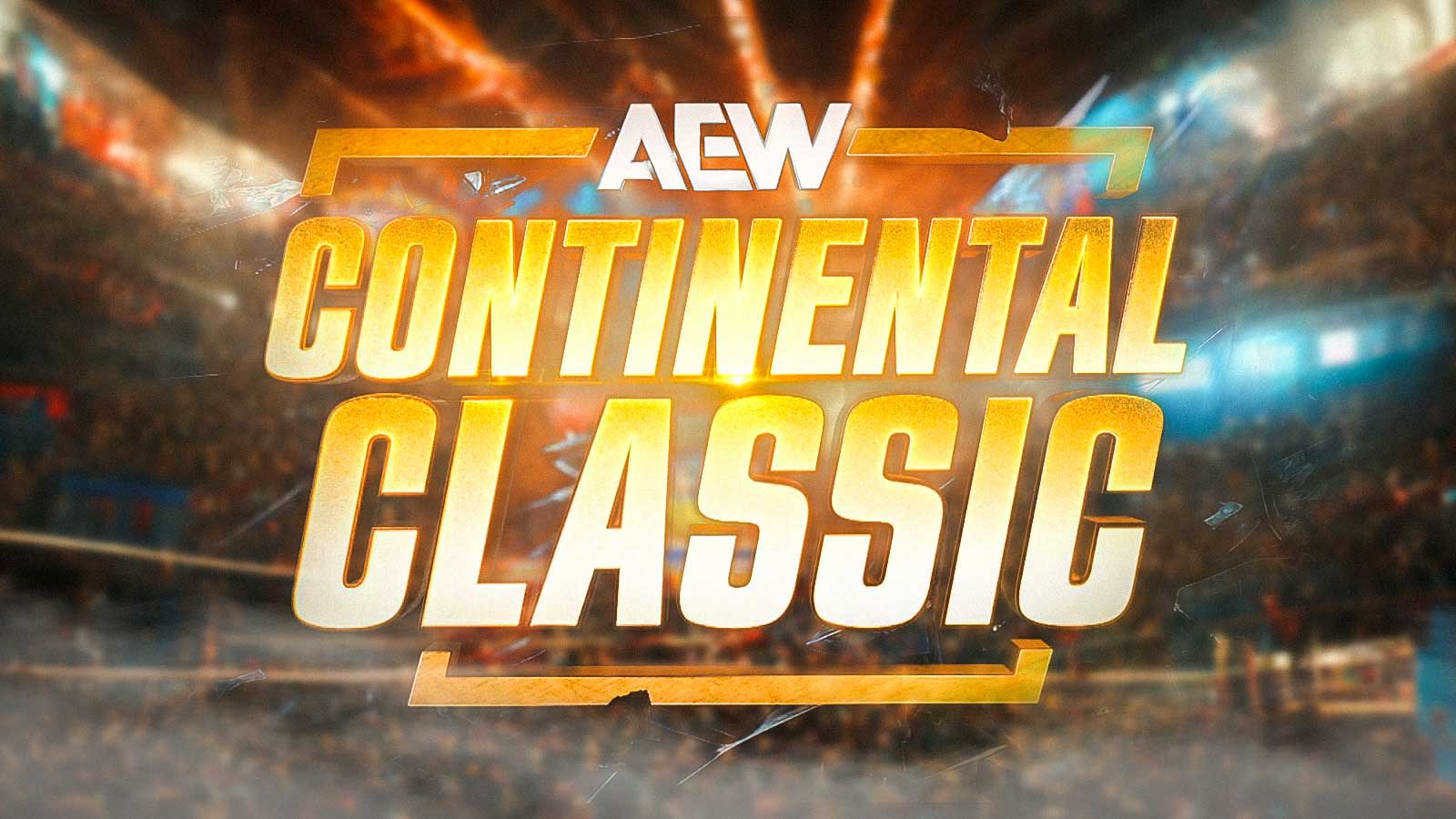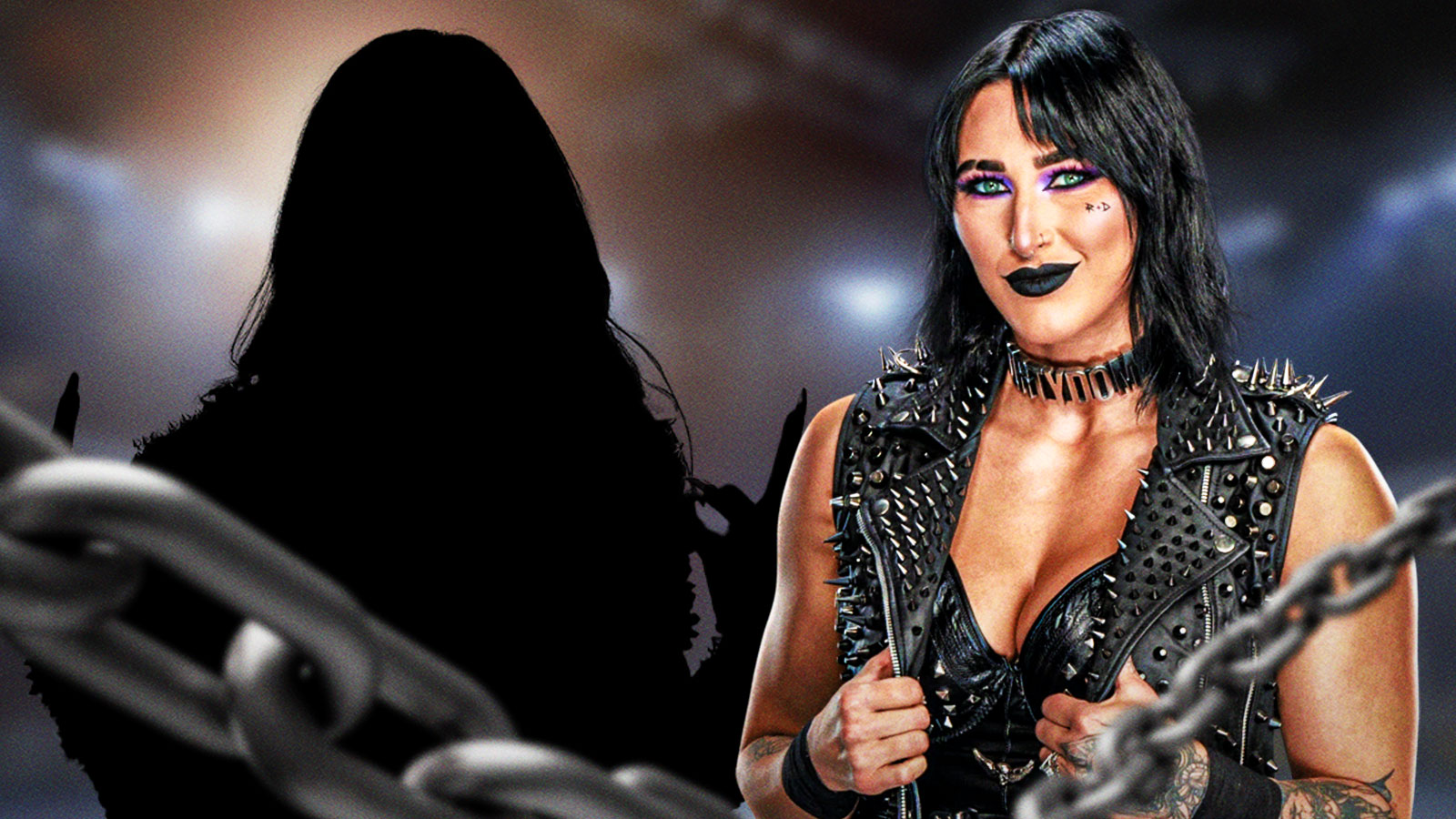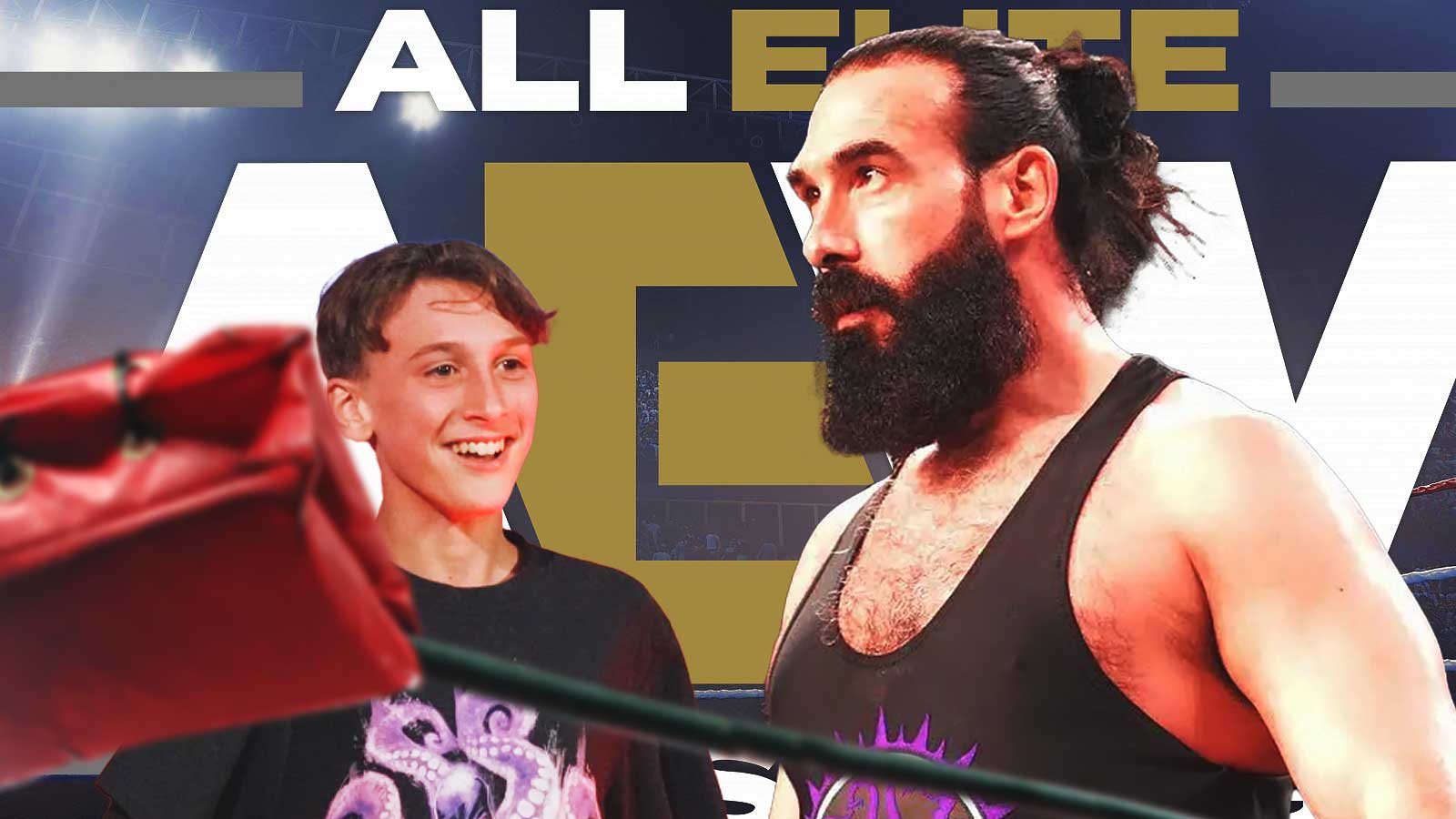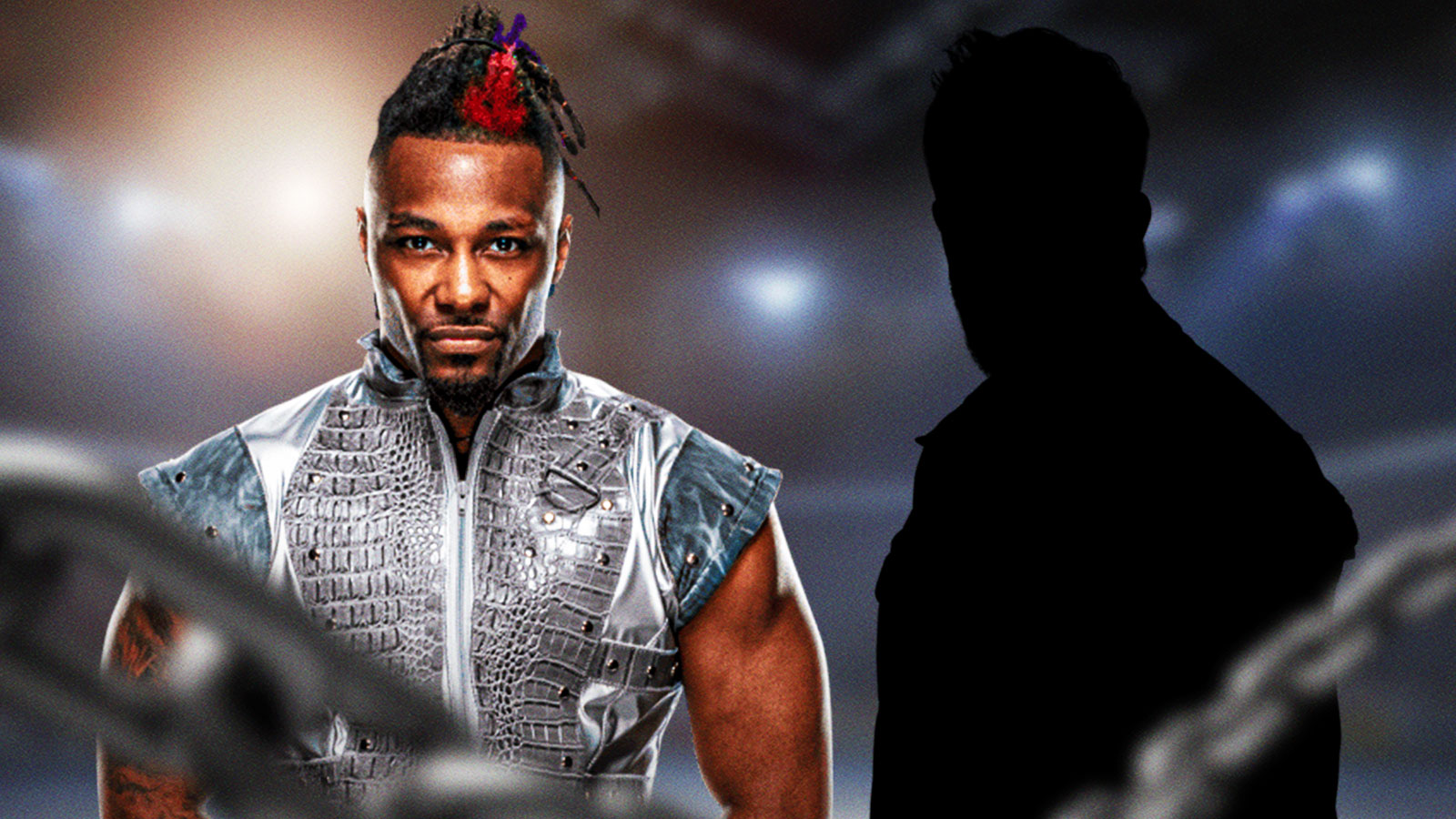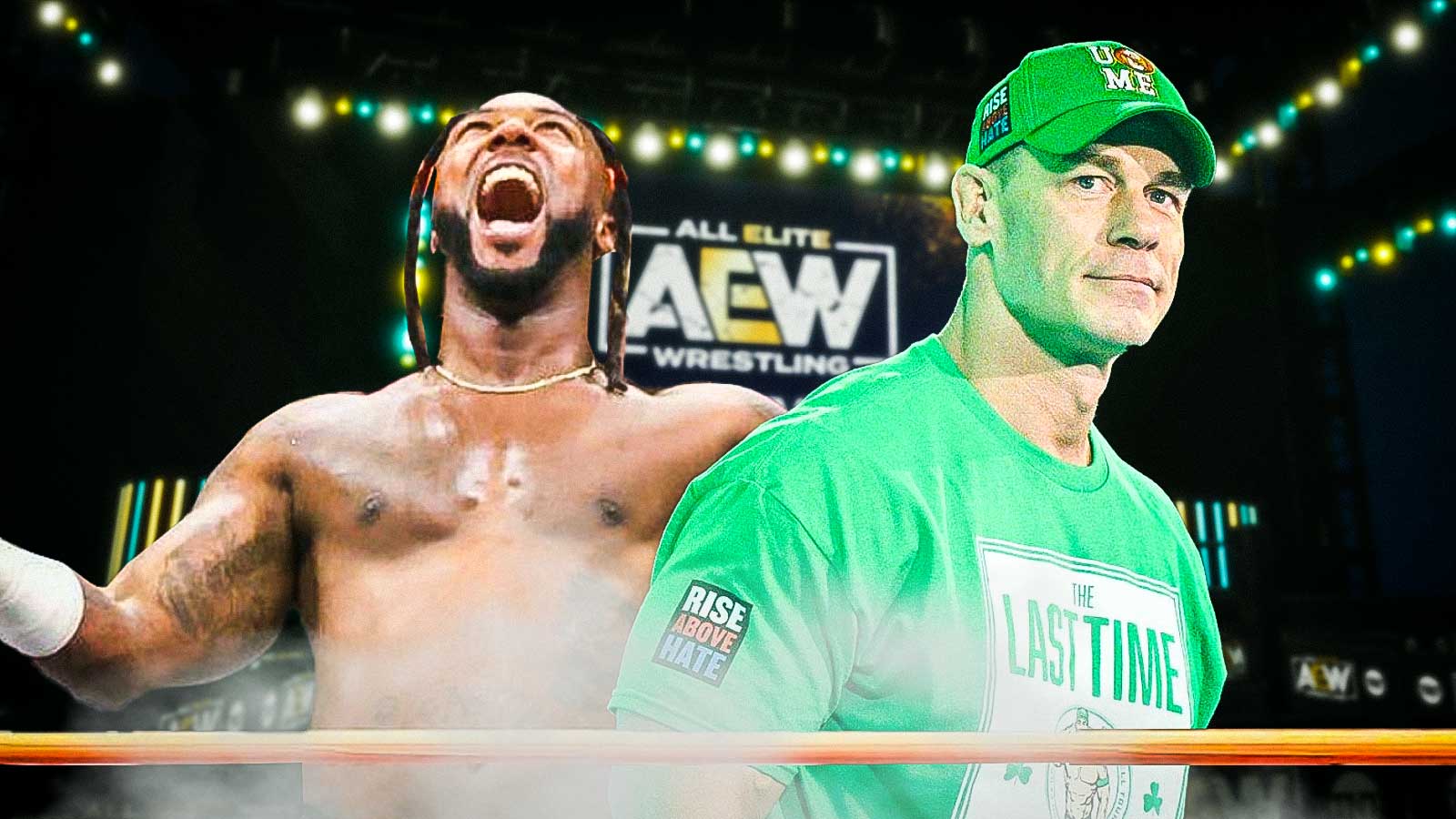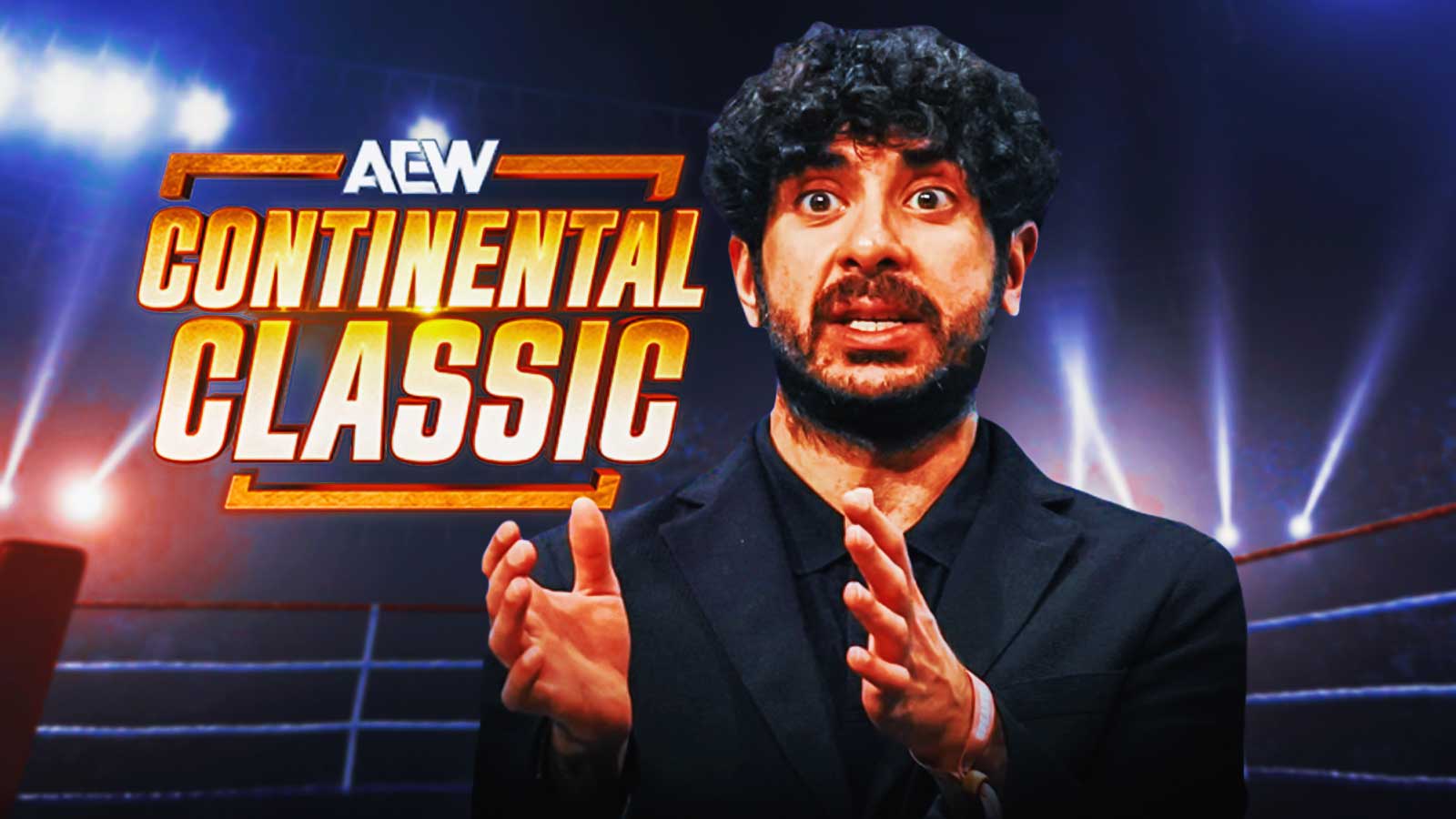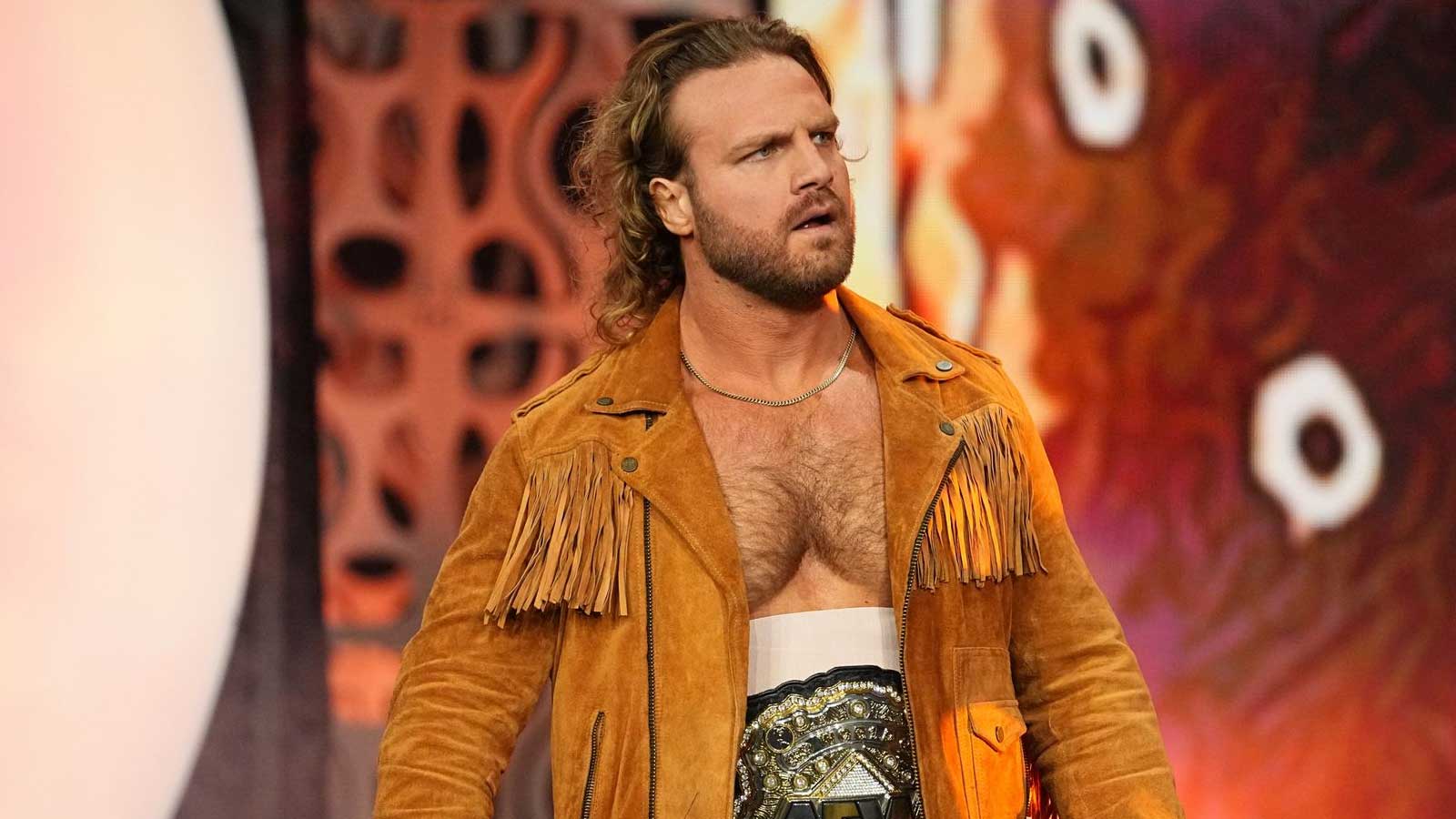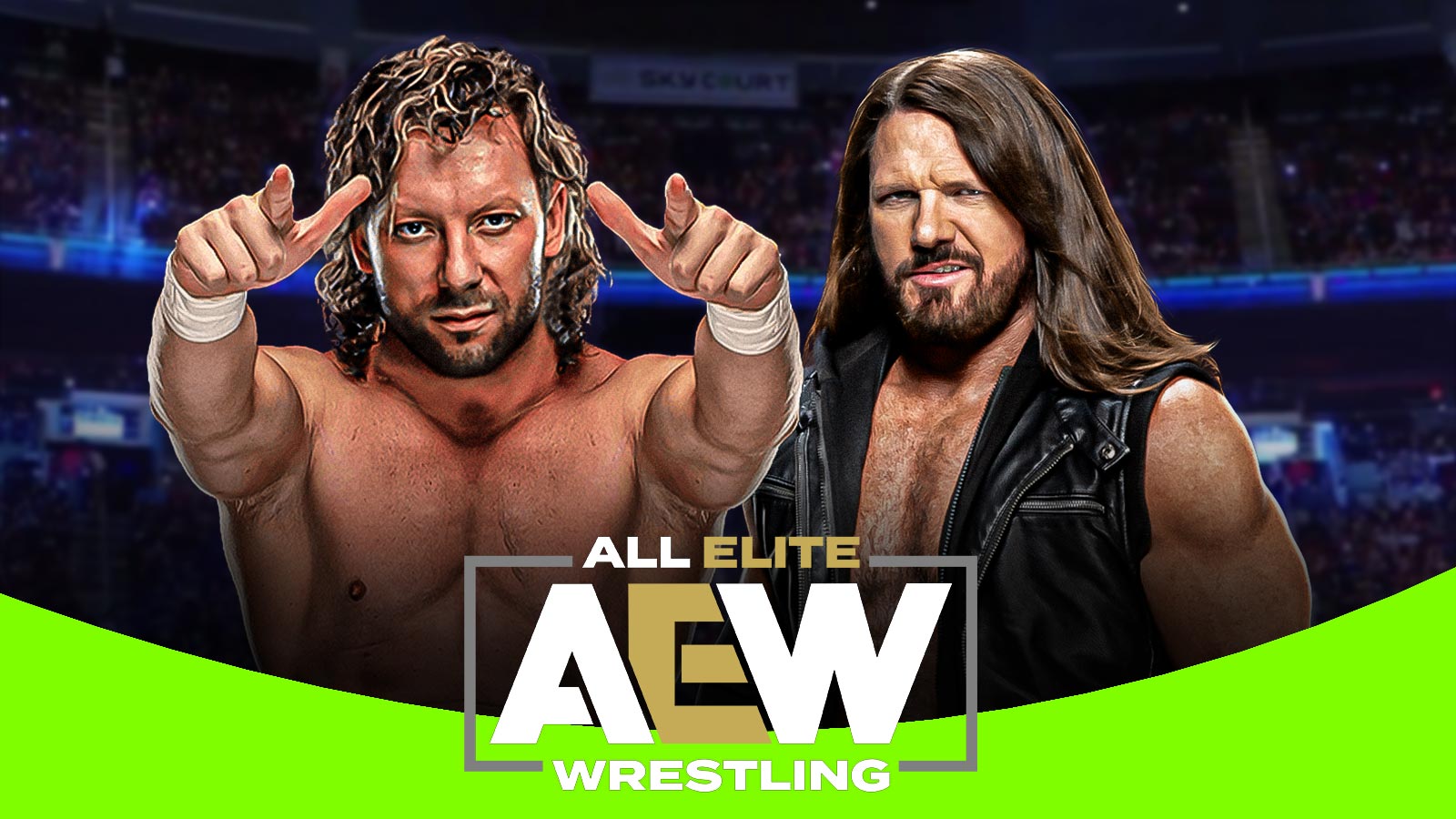When it comes to taking in the final act of Sting's incredible professional wrestling career, few people in the wrestling sphere have as much authority on the subject as WWE Hall of Famer Eric Bischoff, who played a crucial role in turning the former Jim Crockett Promotions mainstay into one of the most popular performers of all time.
While Bischoff isn't the biggest fan of AEW in general, sometimes for legitimate reasons, sometimes for personal gripes, one thing that has remained fairly consistent has been his appreciation for the booking of Sting during this final run in the ring, as after almost 40 years in the ring, “The Icon” deserves a proper sendoff for his troubles, one featuring plenty of callbacks to his past and spots designed to draw nostalgic “awws” from the audience.
“I think AEW did a great job last night with the setup with Sting, and him coming down out of the rafters and ending up on a ramp behind the Bucks and all that. I mean, that was pure — that was such a nod to Sting, probably 1997, '98 at really the height of the Crow character. And I think that was a really tasteful, entertaining, fun way — particularly in the context of Sting's last match, last night was supposed to be his last Dynamite. So I think that was such a classy and entertaining kind of tip of the hat to what was, in many respects — it's arguable, it's all subjective — but really the peak of Sting's success, I think was that era. Which is why we're still seeing his character today. Which is why we saw what we saw last night, which is an homage to Sting and Nitro and all that. And again, it was very well done. It's very entertaining,” Eric Bischoff explained on his Strictly Business podcast via 411 Mania.
“But there is — you have to have a balance. You know, you want to satisfy that nostalgic itch. But you don't want to scratch it so hard you draw blood. And I think scratching it too hard would be an overabundance of it. Too — you know, if you looked at a card or you just looked at a show, forget about the card necessarily. But you just look at what's on that show, I think it nods to nostalgia in this case. Focusing on it because it is leading to a big event. 20-25% of your show, if it's a tasteful, entertaining, classy way to tip the hat to years gone by? I think that's awesome. And that also satisfies the younger and newer audience, because they have a relationship to the history as well, to the legacy of performers like Sting and Ric Flair and others from that era. So yeah, you've got to be careful, you don't overdo it. It's just like anything else, man.”
When it comes to Sting's final run, the word tasteful is probably the best way to describe it, as Tony Khan did everything in his power to ensure “The Icon” lived up to his nickname and was presented with class and respect. Though some may quibble with Darby Allin's glass ladder spot that turned the Stinger's final match into a thoroughly bloody affair, in the end, there's a reason folks are calling it the greatest sendoff-match of all time less than 24 hours after the bout: it really was that good.
Eric Bischoff explains how WCW used nostalgia during Sting's era.
Continuing his conversation with Jon Alba about nostalgia in professional wrestling, Eric Bischoff discussed how WCW attempted to use nostalgia back when Sting was one of his top stars, which, *spoiler alert* was much less successful than AEW's efforts over the past three years.
“Once I came on board and started to have influence, and eventually control over live events, that market had been burned to the ground. When I got to WCW in 1991, we would go to events for my — Anderson, South Carolina. My very first television taping, I don't think there were 800 people in the audience. That's where that market was with WCW when I got there. Once I had control over WCW, I didn't treat the market any differently until it became apparent that promoting live events, especially non-televised live events, was a complete waste of money and time. We were losing money every time we went out the door,” Eric Bischoff noted.
“I've said that repeatedly, and it was a fact. It wasn't until really '95, '96 that we became a little more popular. And even then, I was reluctant to go to those markets in the Southeast where traditionally we had been so often, because we just overused them. We went to those markets so often, it's like, ‘Oh, WCW is back in town.' ‘Oh, were they just here last month?' ‘Yeah.' ‘Did you have fun?' ‘Eh, it was alright.' ‘Eh, let's go do something else.' That was kind of the prevailing perception of the brand if you will. It wasn't really until '95, '96 that that began to change. And we became pretty judicious about where we promoted, especially our bigger bands, our televised events. Then it started to change. But with respect to how much additional kind of nostalgia that we brought to the table when we went to those markets? It was never a consideration. We didn't do anything any differently, we were just more selective about where we went and how often.”
Could WCW have done a better job of embracing the history of the towns they were running in the 1990s, using their JCP roots to get stronger pushes? Eh, maybe a bit, but there simply wasn't the same nostalgia for pro wrestling's past as there is today. Still, the whole point of nostalgia is to learn from the past, and clearly, TK has done just that, as even Eric Bischoff is willing to give him flowers for a job well done.

